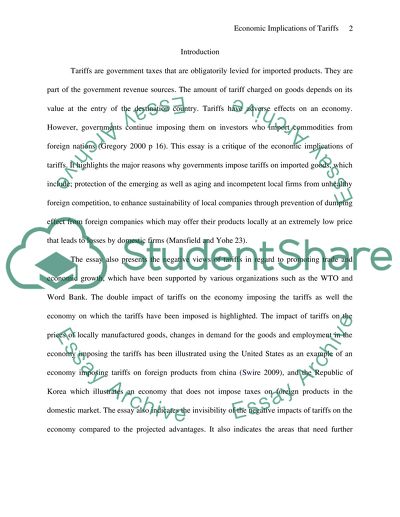Cite this document
(The Economic Implications of Tariffs Coursework, n.d.)
The Economic Implications of Tariffs Coursework. Retrieved from https://studentshare.org/macro-microeconomics/1558550-any-topic-that-includes-microeconomics
The Economic Implications of Tariffs Coursework. Retrieved from https://studentshare.org/macro-microeconomics/1558550-any-topic-that-includes-microeconomics
(The Economic Implications of Tariffs Coursework)
The Economic Implications of Tariffs Coursework. https://studentshare.org/macro-microeconomics/1558550-any-topic-that-includes-microeconomics.
The Economic Implications of Tariffs Coursework. https://studentshare.org/macro-microeconomics/1558550-any-topic-that-includes-microeconomics.
“The Economic Implications of Tariffs Coursework”, n.d. https://studentshare.org/macro-microeconomics/1558550-any-topic-that-includes-microeconomics.


